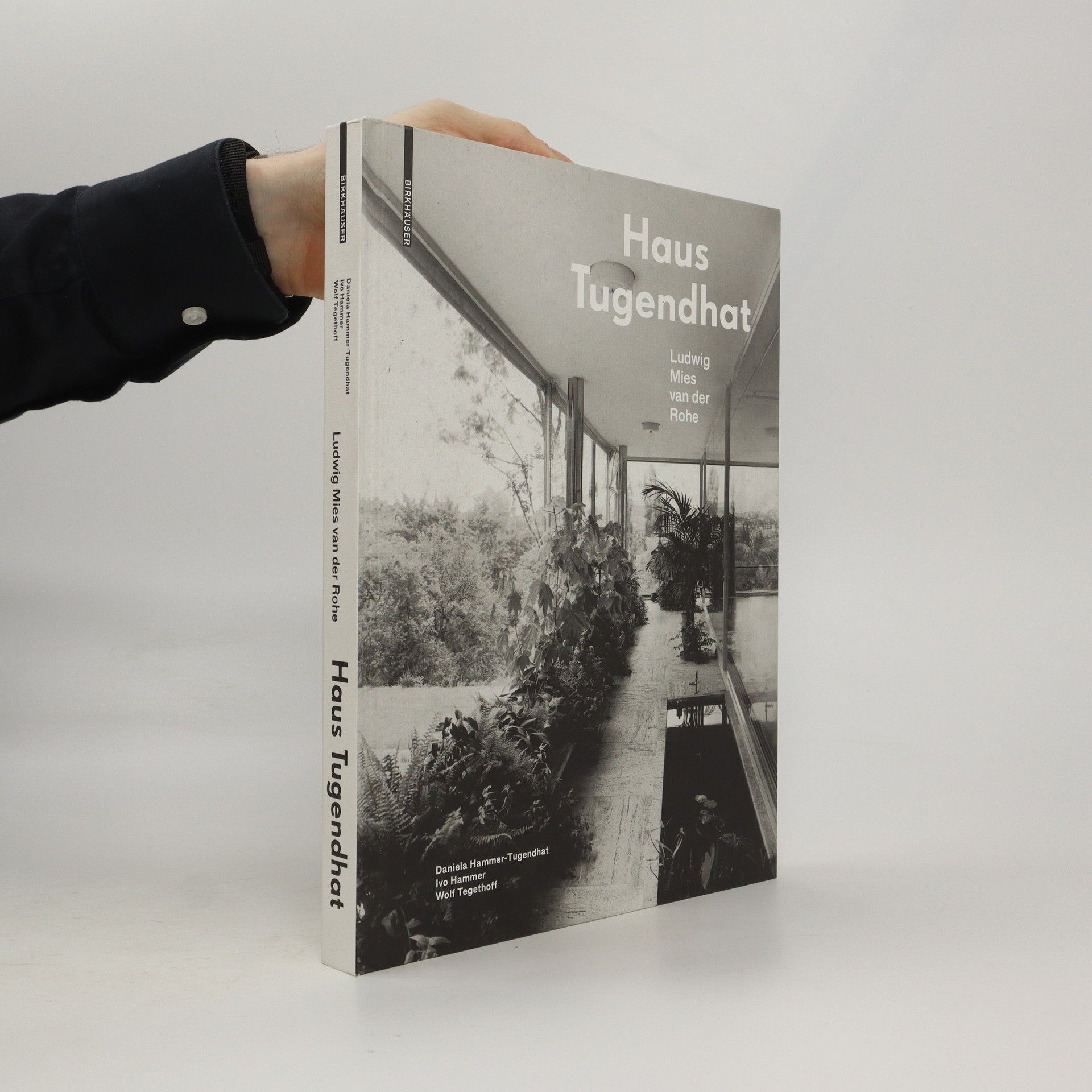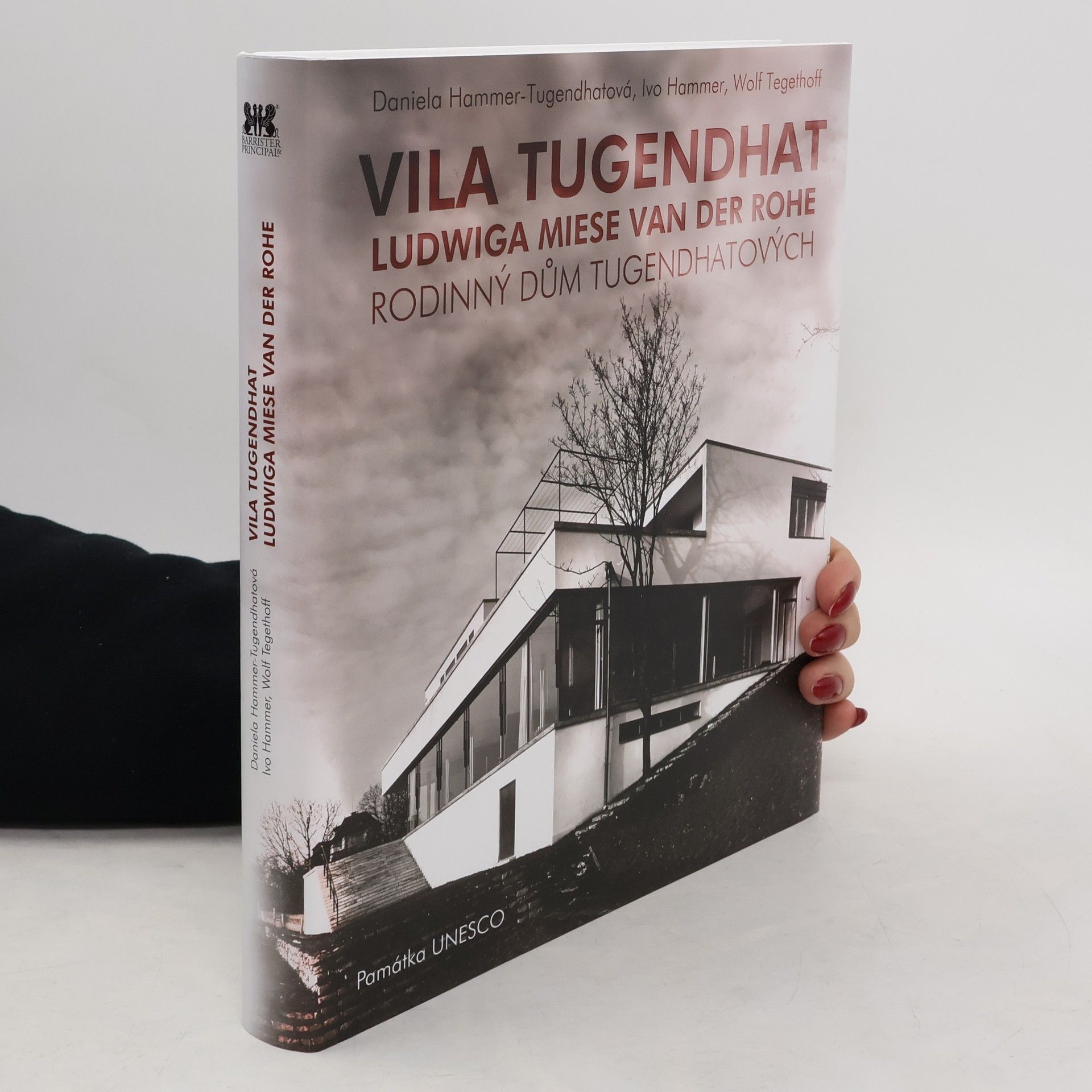Ludwig Mies van der Rohe. The Tugendhat House
- 170pages
- 6 heures de lecture
The Tugendhat House in Brno (Czech Republic) was planned and built by Mies van der Rohe from 1928–1930, and is universally regarded not only as one of his masterpieces, but also as one of the most important buildings of European Modern architecture. What makes this monograph particularly fascinating is the fact that it presents previously unpublished photographs belonging to the Tugendhat family. These show the house as it was when it was first lived in. The facade and the roof terrace are, as the architect had envisioned, covered with climbers and creepers, thus making it clear that the architecture of the house and the landscaped garden were conceived as a whole. A representative collection of plans and drawings from Mies van der Rohe’s atelier can also be seen for the first time. Carefully produced photographs of the original furniture in the family’s possession, much of which has never been shown, are also included. Essays by Wolf Tegethoff, Franz Schulze, and Ivo Hammer give a detailed analysis of the significance of the Tugendhat House in the context of Mies van der Rohe’s architecture as a whole, as well as the living concepts of Modern architecture, to which Mies made such a decisive contribution. Daniela Hammer-Tugendhat applies herself to the key question as to how habitable the Tugendhat House was, based on her personal recollections and texts written by her parents.





